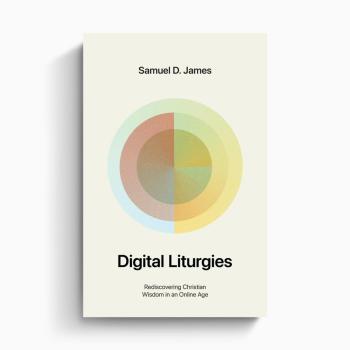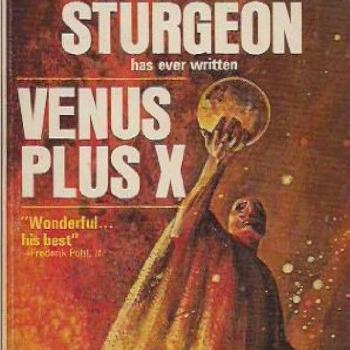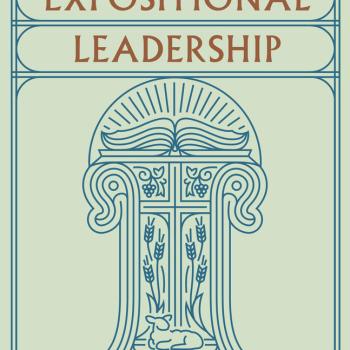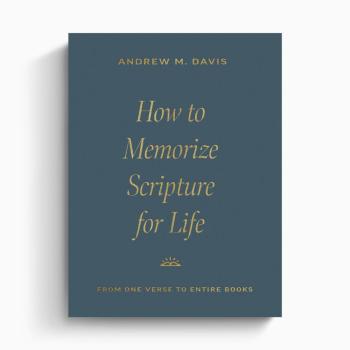Review of Tehanu by Ursula Le Guin
By COYLE NEAL
I think that Ursula Le Guin must be a desperately unhappy person. Not only is she one of the few female science fiction/fantasy writers out there (I want to say she was the only one when she started, but that might be a lie), but I get the impression that she is increasingly dissatisfied with her previous writings. If you aren’t familiar with Ursula Le Guin, you should be. She’s a genuinely talented writer who writes well in a variety of genres and even breaks into that academically-snobbish category of “literature.” Her book A Wizard of Earthsea is a masterpiece that has been popular since 1968 for a number of reasons, not least of which being that it draws on numerous themes and tropes from the Western canon. Which is what she seems to have a problem with. I suspect that she wrote The Farthest Shore (the sequel to the sequel of A Wizard of Earthsea) in reaction to the relatively pro-Western message of her earlier books, and I suspect that she wrote Tehanu (the fourth in the Earthsea cycle) in reaction to the perceived inherent masculinity in the previous books (something she does intentionally in The Left Hand of Darkness).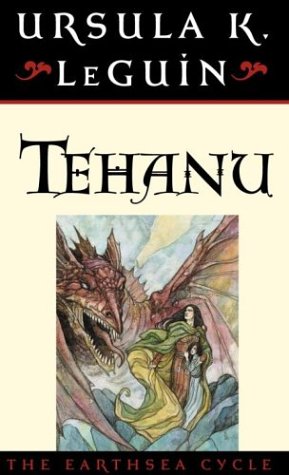
Regardless of Le Guin’s specific motivation, Tehanu certainly contains more feminist and Eastern themes than the previous entries in the series.
On the feminist side of things, Le Guin writes this book from the perspective of Tenar (the heroine of the second book of the Earthsea cycle: The Tombs of Atuan) as an older widow. Tenar spends a significant amount of time wondering why women are treated as second-rate citizens and why men seem to fear them and keep them oppressed. Throughout the book are hints that women have their own kind of power (distinct from the power of men, and specifically distinct from the kind of power held by wizards), but that this power remains dormant. It seems that Tenar’s adopted daughter will be the one to tap into this power and open up a whole new world of opportunity for women, though (spoiler alert!) the book ends before anything like this can happen. In fact, the book doesn’t have much of an ending at all; it just stops.
I think Le Guin runs herself into a problem that feminists (second-wave feminists, at least) generally encounter. She wants to argue that women are at the same time both different from and equal to men. Women are equal to men in that they have an inherent dignity and power. They are different from men in that their particular kind of inherent dignity and power is of a different nature from that possessed by men. The problem (on an artistic level, to say nothing of the real world) is the question of how to express this. In the world Le Guin has already established earlier in the cycle of novels, the women carry water, tend the crops, and manage the household. While all these activities are valuable and to be treasured, they are nothing like the deeds of Ged, the hero of the earlier books. Planting vegetables is not the same thing as fighting dragons, defying dark powers, and passing through death itself. (Though Tolkien of course would disagree.) This problem cannot be solved simply going back and rewriting the earlier stories with a female lead character in the place of the male. In that case you would just have a female acting like a man, when women are supposed to have a different kind of dignity and power. The artistic challenge is to establish some kind of actual difference between men and women that keeps the readers’ interest while giving both their full and equal due as unique types of human beings.
Unfortunately, I don’t think Le Guin has done a very good job of accomplishing this. At the end of the day, none of the problems are resolved. I can’t discuss it without giving away more of the plot than I have, so I’ll just have to leave it at saying that in terms of this theme the book is unsatisfactory (which may or may not be a reflection of the state of feminist thought when Le Guin wrote the book).
On the religious level, this book, especially when combined with The Farthest Shore, is a wonderful picture of how ultimately unsatisfactory Eastern thought is. (I suppose I should say “philosophical” rather than “religious”, since most Eastern systems aren’t specifically religions.) The message of the book, and in fact of the whole series, is that life and death, male and female, existence and non-existence are all different sides of the same coin, and hence ultimately parts of the greater whole. “Male” means nothing except in the context of “female” (again, see Left Hand of Darkness for more of Le Guin’s thoughts on that), and “life” and “death” are complementary truths which have no meaning outside of each other. This argument works, so long as 1) there is no existence outside that of the natural world—if there is any kind of transcendent reality, this definition falls apart; 2) we assume that death and life are morally neutral events or states of being (which Le Guin seems to do). If death is not wrong and evil, and life is not good and moral, then Le Guin has defined a system we can all agree with. The problem is that if death is not wrong, we need to get rid of laws against murder. If life is not right, we need to stop pulling over to let the ambulance through when we’re driving. Acceptance of these statements as truth has moral implications that run deeply contrary to the centuries of Western and Christian (especially Christian) ethics ingrained in us as individuals and a society—ethics which are frankly more appealing than the statement that your or my death and life have no meaning beyond being a fact in the natural scheme of things.
Having said all of that, this is yet another excellent book in the Earthsea cycle. Even though much of it is taken up with the mundane (Tenar spends far more time weaving and gardening that I’d really care to), Le Guin is a good enough writer to pull it off… mostly. This book is worth the read so long as you’ve read the first three books. Which you should.



